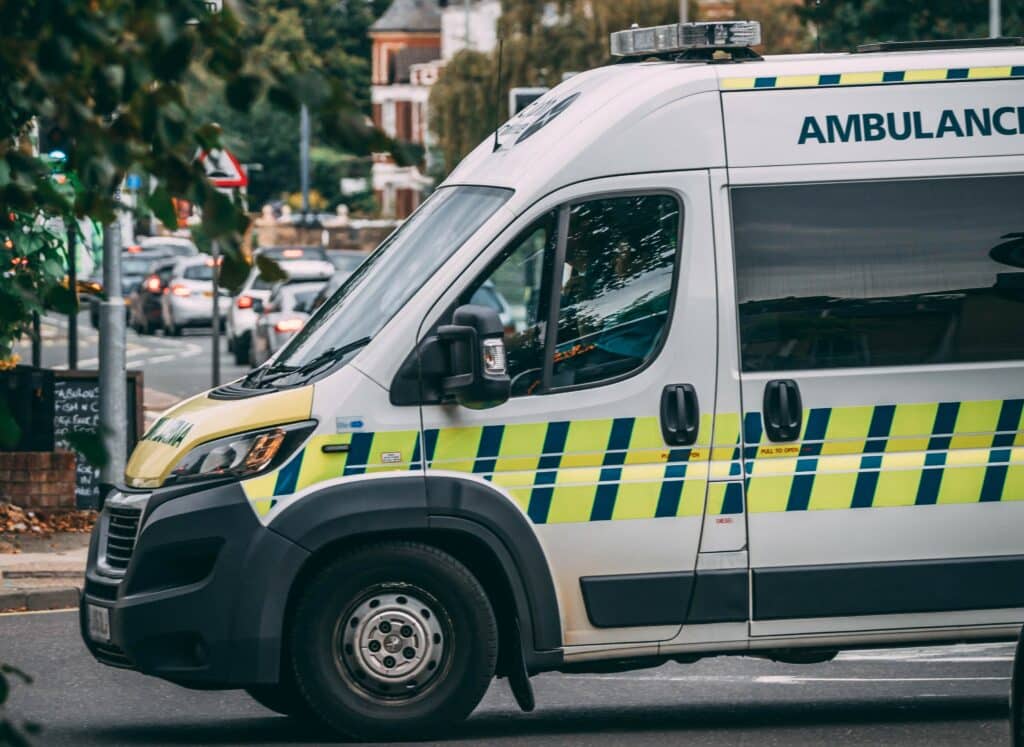In the modern day, connectivity in healthcare is of the utmost importance, but for more reasons than you may first assume.
While IoT (Internet of Things) devices can be used to streamline services in hospitals and improve data accuracy, they can also be used to improve the security of healthcare employees and facilities.
Following a reported increase in physical and sexual abuse towards NHS frontline workers, many NHS facilities across the UK have begun using body cameras to turn their hospitals into safer environments, for both staff and patients alike.
Keep reading to find out more.
Why Are Body Cams Being Used in the NHS?
Known as Body Worn Video (BWV), smartphone-sized (and smaller) body cameras are being implemented across the country in hopes of deterring hospital visitors from being aggressive to clinical staff and other patients.
Much like how police body cameras are used, the footage gathered by the BWV can then be used to identify and record incidents in real-time. This can provide invaluable evidence if an incident were ever to go to court.
The implementation of NHS body cameras came shortly after the publication of an NHS Staff Survey highlighting that 14.3% of NHS workers had experienced at least one act of physical violence by the end of 2021.
However, the reports of abuse don’t stop outside of the hospital.
In June 2021, it was announced that body cameras would be used to enhance the safety of ambulance staff across the country, following reports of over 3,500 ambulance staff being physically assaulted in 2020 alone – roughly 20% of NHS paramedics. In 2021, this figure rose to 31.4%.
Furthermore, body cameras can help NHS teams to analyse their own behaviour and any potential risks of aggressive or hostile behaviour in the hospital environment. This allows for a deeper understanding of how clinical staff can better handle incidents in future and their relationship to any specific public complaints.
Following initial pilot studies for the body cameras, a staggering 96% of staff believed that the cameras were needed. This has led to the cameras becoming permanent fixtures in numerous NHS departments across the UK.
How Do NHS Body Cameras Work?
NHS body cameras are typically worn by an A&E escalation manager or a medic, who will clearly wear the bodycam on their uniform for members of the public to see. This is important as similar to Incident Dash Cams used in vehicles, personal cameras can help to moderate behaviour if clearly visible.
The camera, however, will only be switched on when a patient or member of the public starts being aggressive towards an NHS member of staff. The protocol is for the individual to be advised they are going to be recorded, which may allow for the situation to be defused.
Most cameras also have a small outward-facing screen, so the person behaving aggressively can see themselves being recorded. This has been known to reduce hostility in the moment and allow for a better resolution of the situation.
To be effective, body cams use IoT Sim Cards to stay connected across geographies and therefore, utilise 2G, 3G, 4G, 5G, and LTE type technologies to provide optimal coverage. Managed IoT SIM cards also allow these widespread deployments to be administered and securely controlled.
NHS body cameras are connected to a secure cloud storage platform, meaning that footage is stored and can only be accessed by authorised personnel. This ensures that no footage can be tampered with or changed in any way, as well as preventing any potential data breaches.
Discover IoT Solutions With Caburn Telecom
Thank you for reading our post on the importance of NHS body cameras.
With more NHS staff currently being trained in how to use the cameras themselves, body cameras are likely to become even more commonplace in hospitals and healthcare facilities around the country.
At Caburn Telecom, we provide a range of IoT solutions for businesses across all sectors. From IoT Sim Cards for bodycams to EPoS terminals for festivals, events and retail, Caburn Telecom offers comprehensive global IoT solutions for an array of sectors.
To find out more about our range of IoT solutions and how they can benefit your business, please don’t hesitate to get in touch with our expert team.

